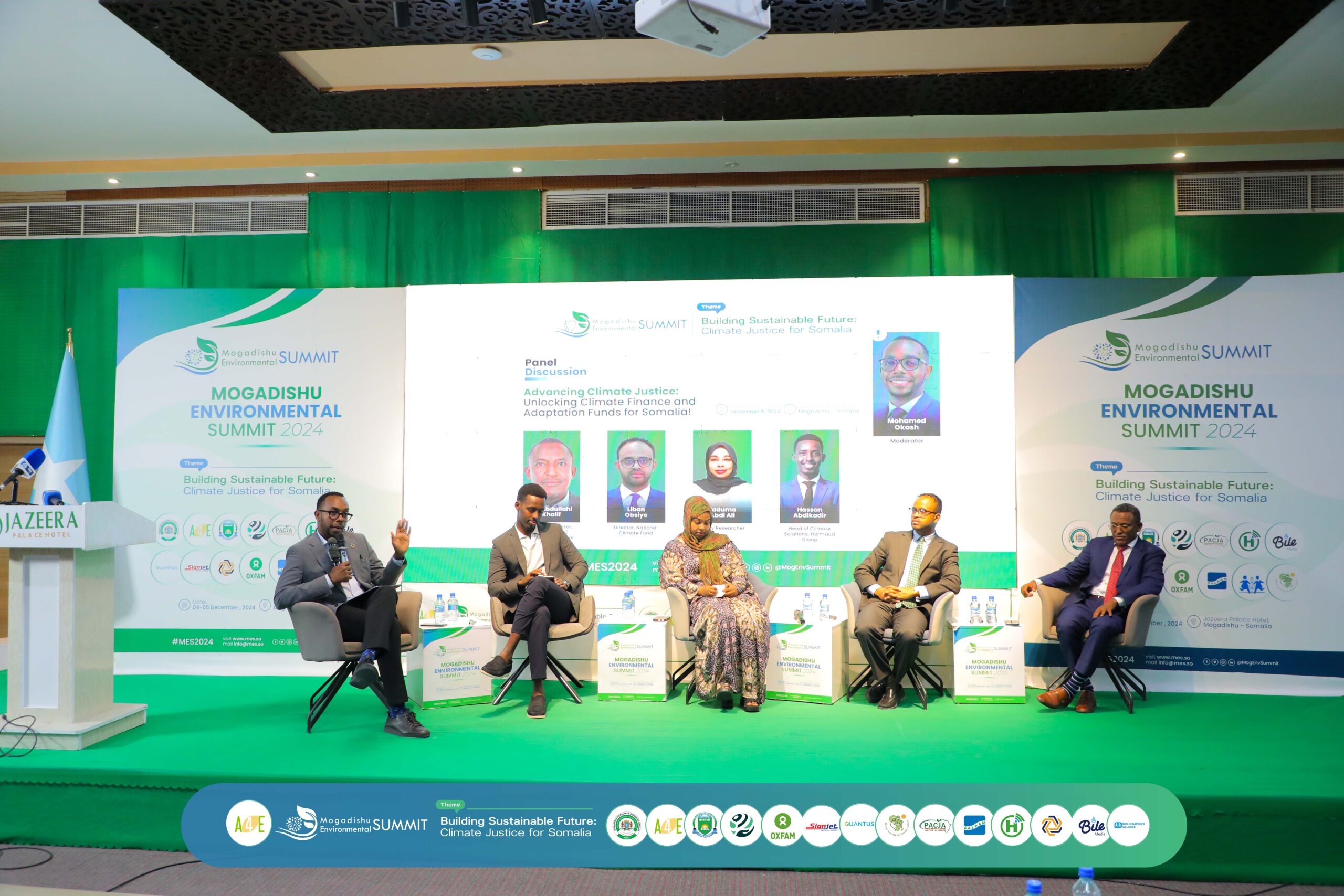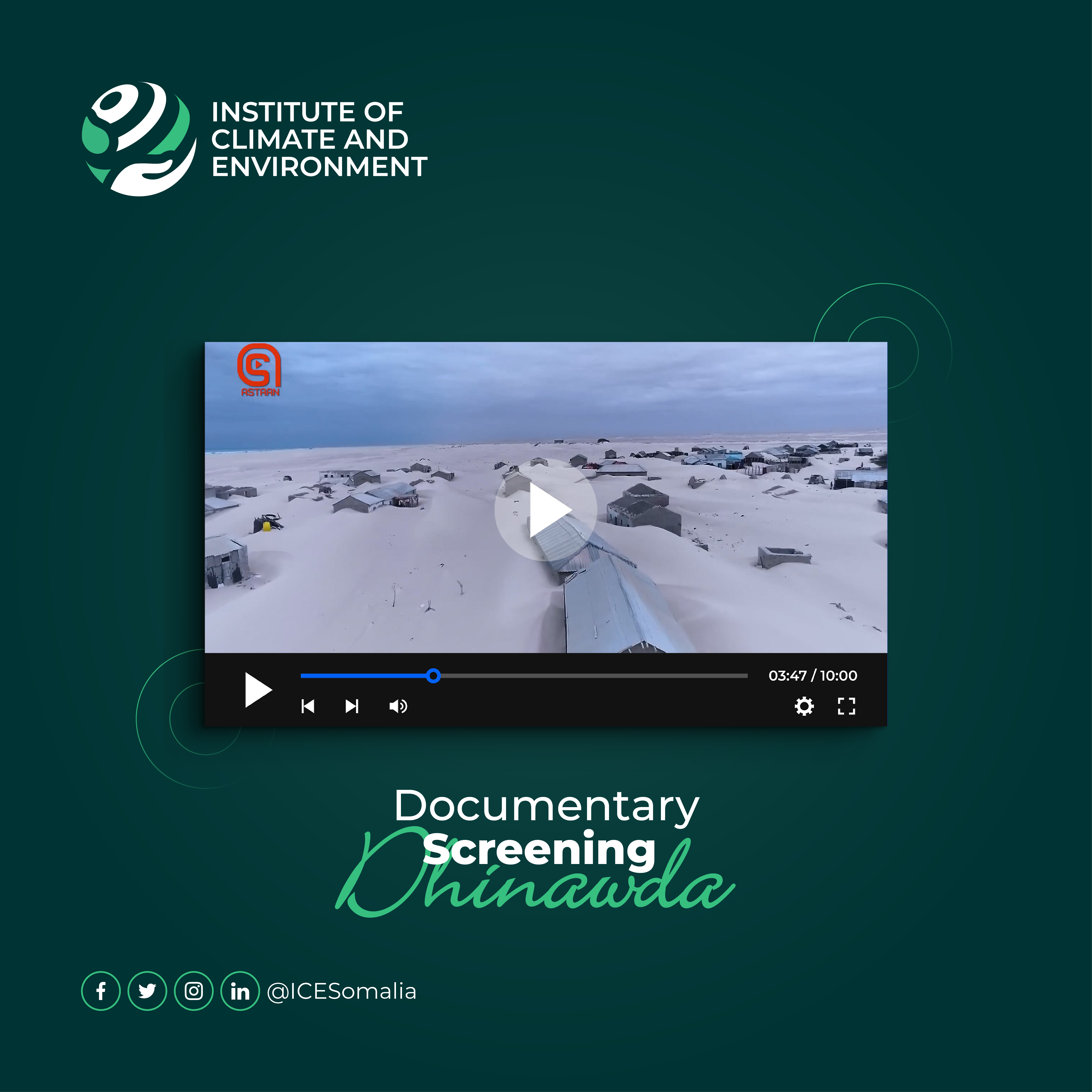
The State of Mangroves in Somalia: Insights from satellite data
Introduction
Mangroves are invaluable ecosystems that play a crucial role in maintaining healthy coastal environments. With their rich biodiversity and ability to protect against erosion and storm surges, mangroves are essential for the ecological balance between land and sea. Unfortunately, due to various factors such as climate change and human development, these ecosystems are rapidly diminishing. In Somalia, mangroves are facing significant threats, leading to loss of biodiversity and coastal degradation. To address this urgent concern, active monitoring and conservation efforts are vital. In this blog post, we will explore the use of advanced satellite data analysis provided by Digital Earth Africa (DE Africa) to monitor and study mangroves in Somalia, with a focus on key locations such as Berbera, Alula, Kismayo, Habo, and Zeila.
The state of Mangroves in Somalia
Somalia boasts the longest coastline among mainland African countries, approximately 3500 km. Mangrove forests are found in specific areas along the coast, with a total coverage of 48 km2. These mangroves provide habitats for a diverse range of plant and animal species, crucial for conserving biological diversity. Moreover, they act as natural buffer zones, protecting coastal areas from erosion, tsunamis, and storm surges. Additionally, mangroves are vital carbon sinks, storing significant amounts of carbon in the ground. However, despite their significance, mangroves in Somalia have experienced a decline of 1.65 km2 between 1996 and 2020, primarily due to over-harvesting, agriculture expansion, and urban development.
DE Africa’s analysis focused on key Somali towns, including Berbera, Alula, Kismayo, Habo, and Zeila, from 2010 to 2022. The results indicated alarming losses of mangroves (depicted in red) in all towns, particularly Zeila, Alula, and Habo, suggesting significant coastal erosion. However, there were instances of mangrove restoration (shown in green) in Alula and Habo, reflecting positive impacts of conservation efforts in these areas during the period 2017 to 2022. The analysis reveals hotspot areas that correlate with the mangrove analysis, notably in Zeila, where some areas experienced over 5 meters of coastal changes. Understanding these trends is crucial for devising effective strategies to combat coastal erosion and protect vulnerable mangrove ecosystems.
Conclusion
Mangroves in Somalia are facing imminent threats from climate change and human activities. However, with the help of innovative tools like DE Africa’s satellite data analysis, we can actively monitor and conserve these vital ecosystems. By studying mangrove changes over time, we can identify areas of concern and evaluate the impact of conservation efforts. Armed with this knowledge, the Somali government and environmental organizations can develop robust resilience and protection plans to safeguard these precious coastal habitats for future generations. The partnership between technology and conservation provides hope for a sustainable future for Somalia’s mangroves and the invaluable services they offer to both the environment and local communities.







